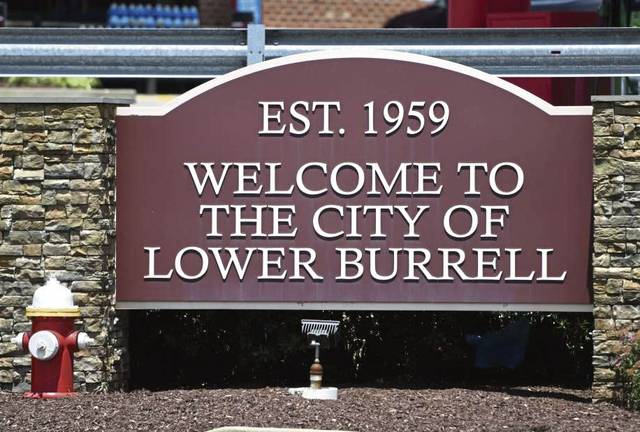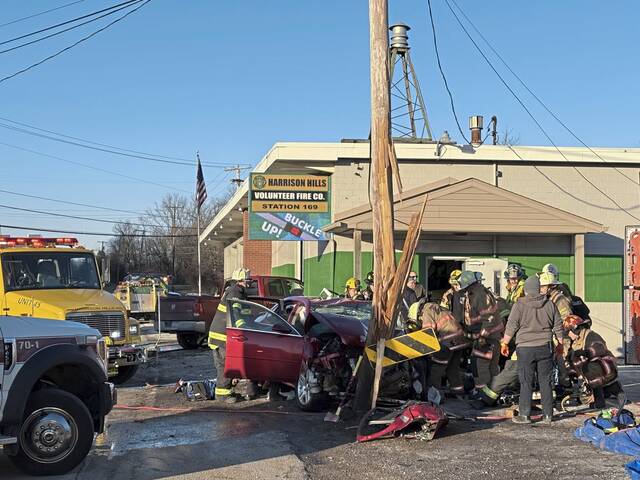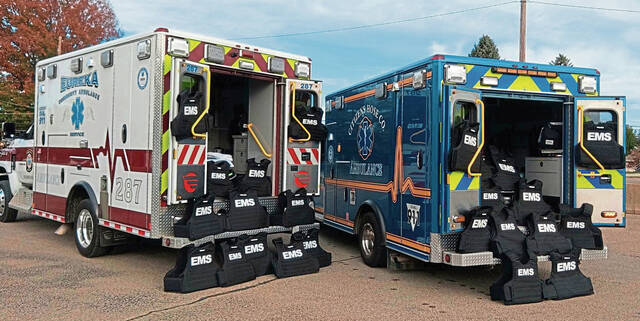Lower Burrell Council is exploring a local tax incentive for city firefighters to boost their thinning ranks and properly reward their community work.
Councilman Joe Grillo is looking at city firefighters forgoing the city’s earned income tax or other possibilities. A course for young firefighters is also under consideration.
“It’s a great thing to offer firefighters,” Grillo said.
He is not sure exactly what type of tax incentive will be offered as he and the solicitor are reviewing the possibilities before city council takes up the measure.
Act 172 of 2016 gives municipalities the option to offer a real estate or earned income tax credit to active members of volunteer fire companies and nonprofit emergency service agencies.
Each municipality may choose to offer an earned income tax credit, a real estate tax credit, or both, according to the Pennsylvania Governor’s Center for Local Government Services.
Grillo who is in his 14th year on council, has watched the ranks of firefighters dwindle to 70 to 80 active firefighters between the city’s two fire companies, Lower Burrell No. 1, Kinloch and Lower Burrell No. 3.
“What a valuable asset we have in our community,” he said. “We have men and women willing to fight fires in any kind of weather and pulling away from the dinner table during family time.”
A state legislative study late last year described the falling numbers of volunteer firefighters as a crisis with numbers plummeting from an estimated 300,000 in the 1970s to about 38,000 currently.
“We need more volunteers so bad it’s unreal,” said Bruce Edwards, 61, president of Kinloch. Edwards has been with the company for 44 years.
Any kind of financial incentive would help, he said.
“It still comes down to younger people wanting to get involved to do this kind of volunteerism,” he said. “There’s a lot of work. There’s a lot of training and a lot of danger. Then there’s a lot of fundraising.”
Mark Marmo, chief of the city’s No. 3 fire company agrees the financial incentive could only help attract new firefighters.
“It could help retain some of those members who might be on the fence,” Marmo said. “It might just be enough of push to keep some members active.”
Currently, No. 3’s membership is on an uptick, but Marmo cautions roster numbers are cyclical. “Three years from now we could be losing people.”








